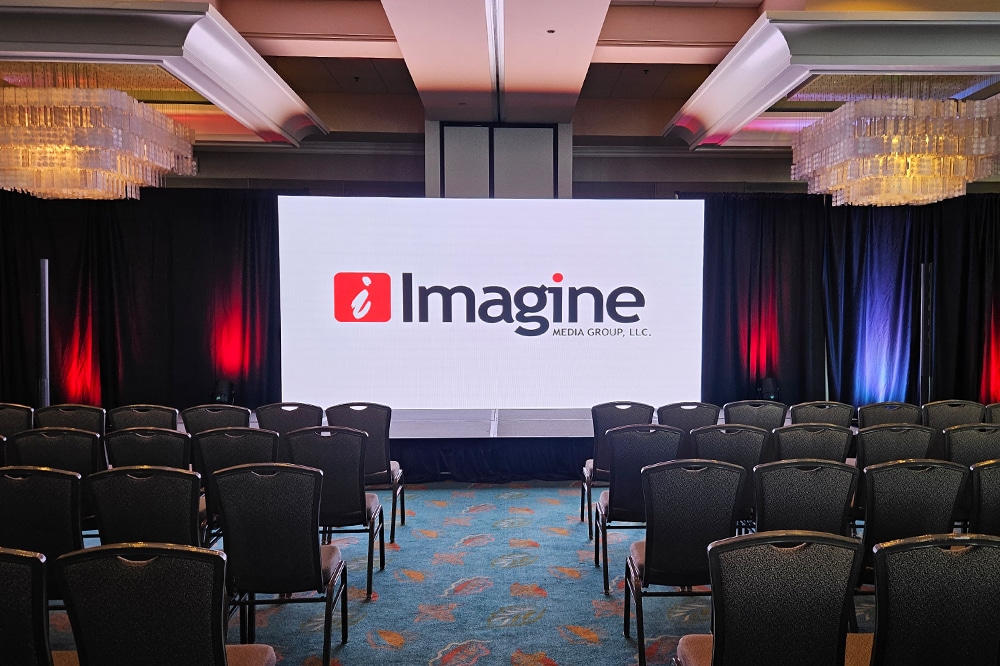Efficient Strategies for Overcoming Overheating Challenges in Light Emitting Diode Display Screens
Wiki Article
Light Emitting Diode panel panels are progressively popular for various uses, such as advertising, functions, and digital displays. Nevertheless, excess heat is a significant issue that can impact their functionality and longevity. When LED screens become too hot, they may dim, color shift, or even fail completely. Understanding the reasons and applying efficient strategies to manage heat can assist maintain the ideal operation of LED wall screens. This piece will explore several strategies to address excess heat issues related with these devices.
One powerful approach for stopping excess heat in LED panel screens is guaranteeing proper airflow. It is essential to install these panels in settings where atmosphere flow is adequate. This can be achieved by positioning the screens in a properly aired space or utilizing blowers to improve ventilation around the units. Additionally, if the panels are mounted in a confined space, creating openings or implementing air ducts can help release heat more efficiently. Keeping a lower surrounding temperature is crucial, as it immediately impacts the performance and durability of LED panel screens.
Another way to address excess heat is through the application of thermal control substances. These materials can help take in, disperse, or deflect heat away from the LED components. Heat sinks are commonly employed in many digital units, including LED screens. These metal components draw heat away from the LED diodes, allowing them to operate at a safer heat level. Additionally, thermal paste or pads can be utilized to enhance heat conduction between the LED chips and the heat sinks, further enhancing their cooling efficiency.

Regular maintenance and monitoring of LED wall screens also play a critical part in stopping excess heat. Dirt and grime can accumulate on the surfaces of these panels, obstructing airflow and trapping heat. Consistent cleaning, using appropriate tools, will keep the panels free from obstructions. Furthermore, monitoring the temperature of the panels can help identify overheating issues before they become severe. Using temperature sensors can provide valuable information, allowing users to take corrective action if the panels start to exceed secure operating temperatures.
The use of advanced technology can also help address overheating challenges in LED panel screens. Many contemporary LED screens come fitted with built-in heat control systems. These led video wall screen technology systems can instinctively modify the luminosity of the screen based on the heat level, lowering heat production when needed. Additionally, software solutions can monitor the performance of the screens and provide notifications if excess heat is identified. Using these tools can considerably improve the longevity and dependability of LED wall panels.
In conclusion, managing overheating in LED panel panels is crucial for ensuring their performance and lifespan. Implementing methods such as providing adequate ventilation, utilizing thermal management materials, conducting regular care, and employing cutting-edge tools can help mitigate excess heat issues. By implementing these preventive steps, users can enjoy the full benefits of LED wall panels while reducing the threat of temperature-related problems. This method not only enhances the performance of the panels but also contributes to a much eco-friendly and effective use of technology in various applications.